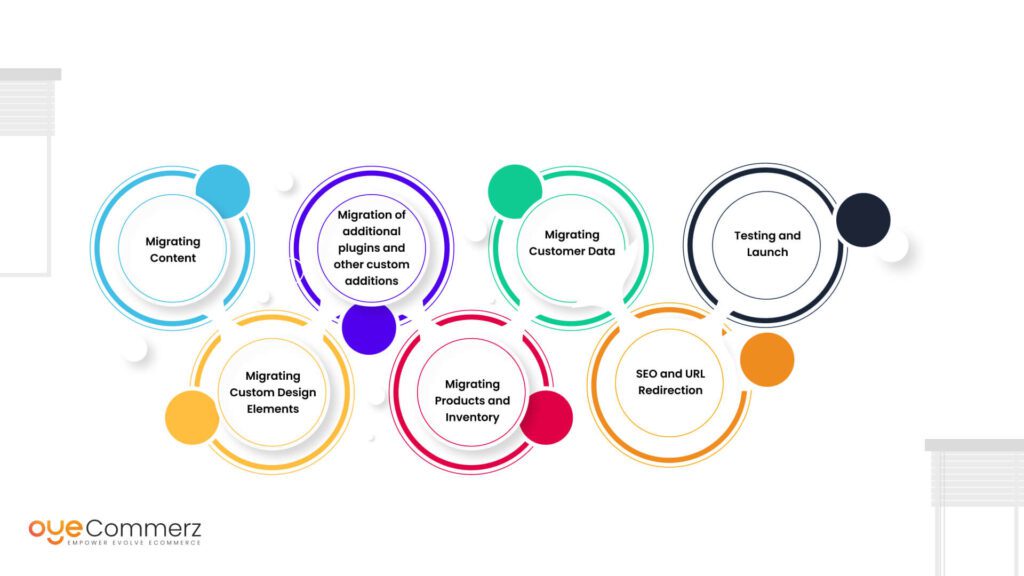In the ever-evolving landscape of digital commerce, selecting the optimal system is vital for your business's success. If you’re at the moment using WP and thinking about a migration to Shopify, you’re not by yourself. Numerous businesses are switching to utilize Shopify’s powerful tools, user-friendliness, and scalability. This guide will walk you through the steps of migrating from WordPress to this platform smoothly, making sure that you achieve your online retail potential.
Why Switch from WordPress to Shopify?
Ahead of starting the migration process, it’s essential to understand why this change can be beneficial for your eCommerce business:
User-Friendly Interface: Shopify features an straightforward interface that simplifies store handling, making it easier for non-technical users.
Scalability: As your brand grows, Shopify can support increased visitors and transactions without compromising speed.
Integrated Features: Shopify includes built-in resources for SEO, analytics, payment handling, and more, eliminating the requirement for multiple plugins.
Enhanced Security: With Shopify, you benefit from robust security measures that protect critical customer data.
Steps for a Seamless Migration
Migrating your eCommerce site from WP to Shopify involves multiple phases.
Here’s the way to facilitate a successful transition:
Prepare Your Migration Strategy
Begin by mapping out your migration blueprint. Pinpoint which components of your present site you plan to migrate, such as:
Item details
Client data
Transaction records
Articles
Select the Best Migration Solution
Depending on your preferences, opt for a migration package that suits your business. OyeCommerz delivers multiple choices:
Entry-Level Plan: Suitable for small stores with limited products.
Mid-Tier Plan: Suitable for Shopify SEO friendly features growing businesses with more complex needs.
Advanced Plan: Excellent for high-volume stores requiring extensive customization.
Save Your Data
Prior to initiating the migration, make sure that you have a full backup of your WordPress site. This task is critical in the event anything goes off track during the transfer.
Retrieve Your Information from WordPress
Leverage extensions or manual methods to extract key data from your WP site:
Inventory
Customers
Transactions
Content pieces
Import Content into Shopify
When you have your data exported, employ Shopify’s migration apps or third-party apps to migrate your content into your Shopify store. Ensure that all data is properly structured and placed.
Customize Your Shopify Store
Following uploading content, customize your Shopify site’s design to align with your brand identity. Think about engaging a specialist if you want advanced customization.
Set Up TransactionOptions and Logistics
Set up billing solutions and shipping settings in Shopify to create a user-friendly transaction experience for customers.
Implement SEO Best Practices
To maintain your SEO performance during the migration:
Implement 301 URL mappings from existing URLs to migrated ones.
Revise metadata.
Enhance images and content for better ranking.
Review Your New Shop
Ahead of publishing, extensively review your migrated site. Identify any discrepancies, payment processing issues, or missing data.
Launch Your Store
Once everything is in place, it’s time to launch! Inform the update to your users and invite them to discover the enhanced offerings of your Shopify store.
Post-Migration Assistance
Post publishing your updated store, ongoing support is important. Explore working with experts who can help with:
Troubleshooting
Promotional campaigns
Improvement strategies
Conclusion
Migrating from WordPress to Shopify can be a crucial move for your online retail. By following this guide and leveraging tools like those offered by Shopify migration process dedicated providers, you can ensure a seamless transition that improves your digital storefront. Accept the change and realize the advantages of Shopify today!
